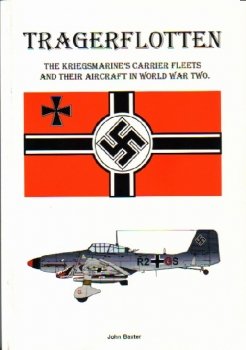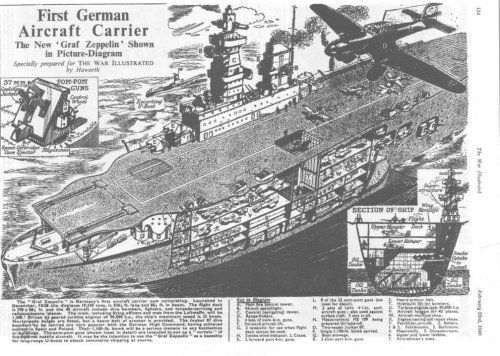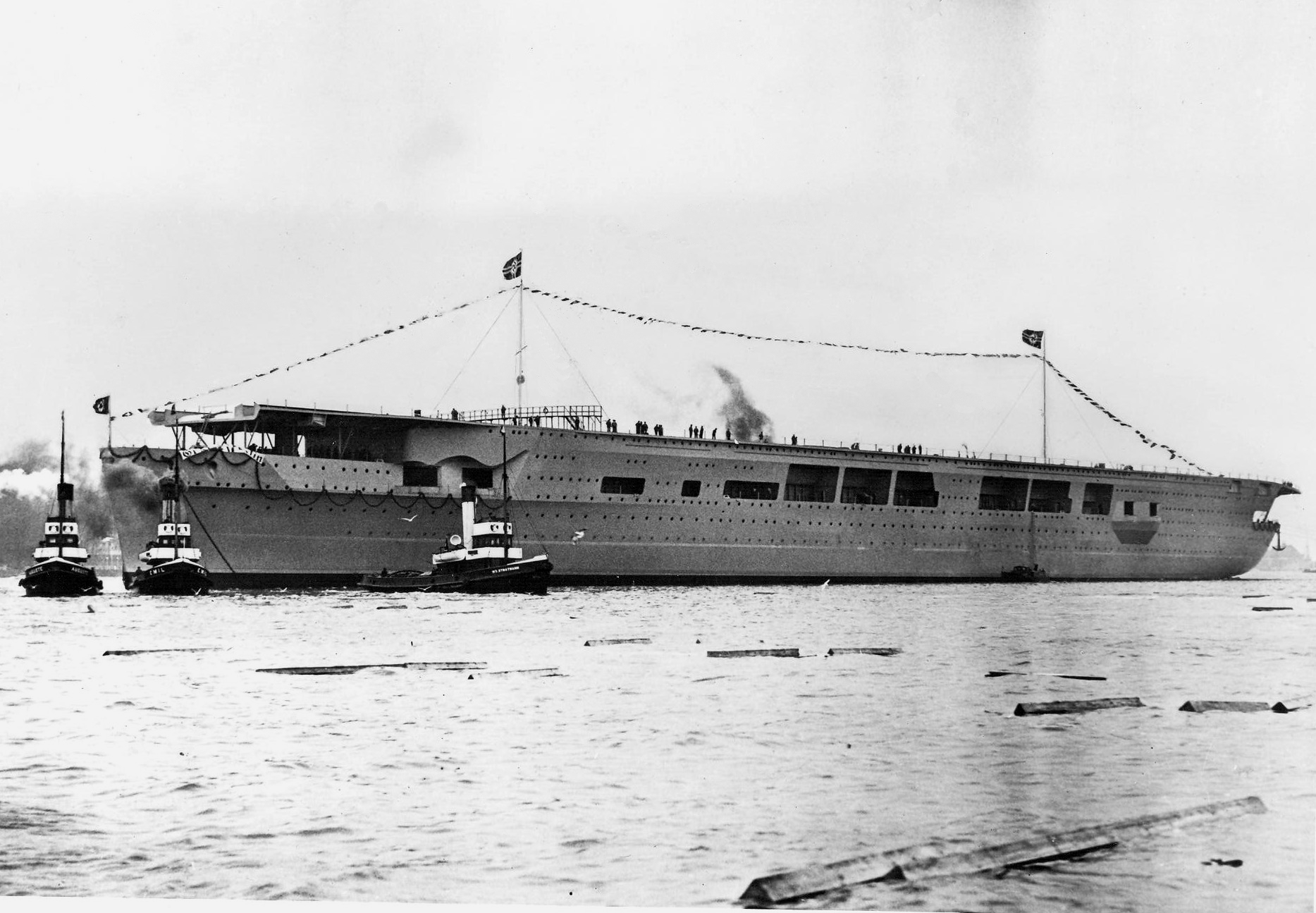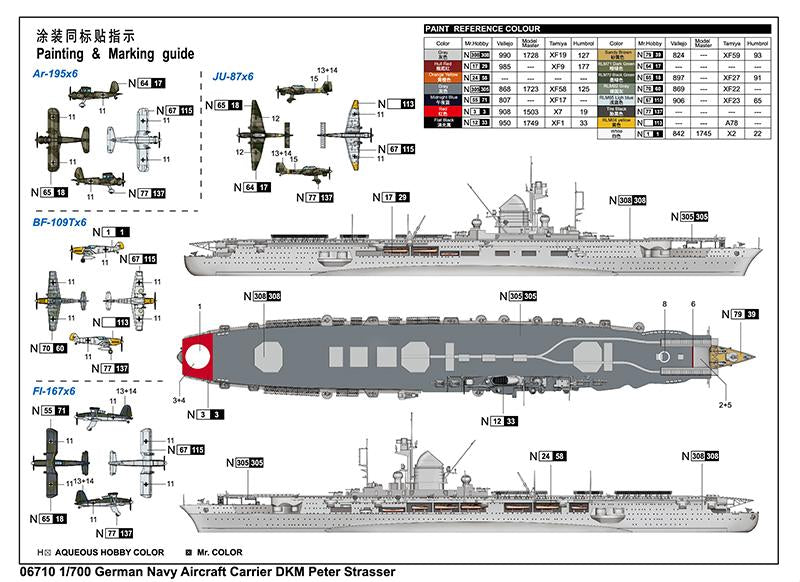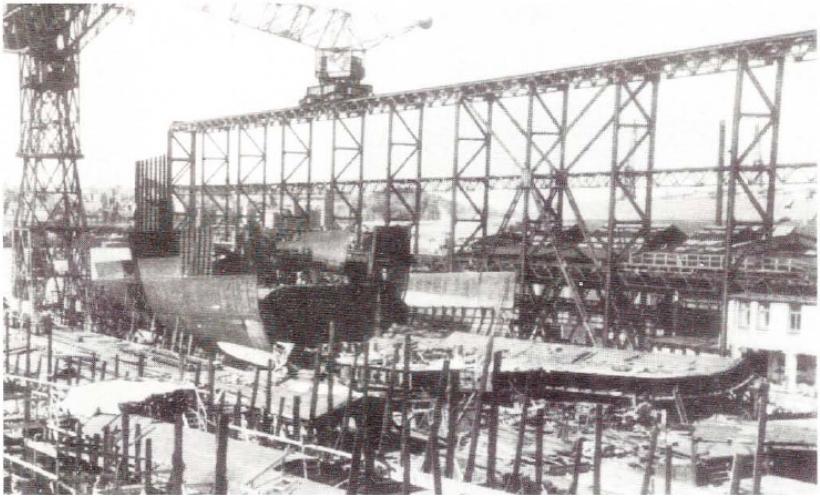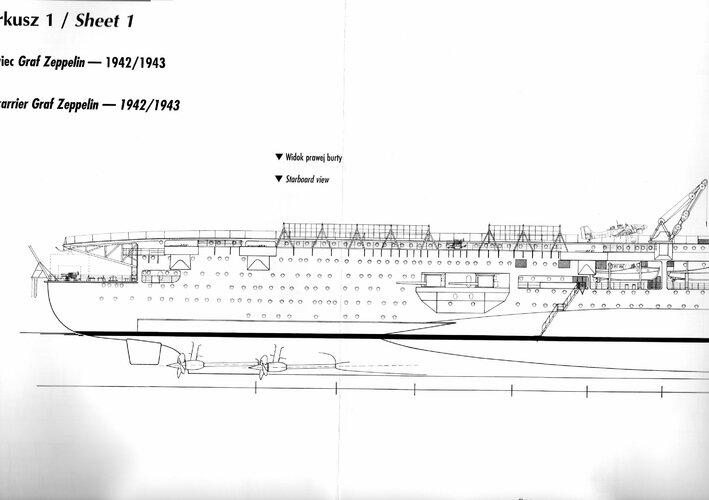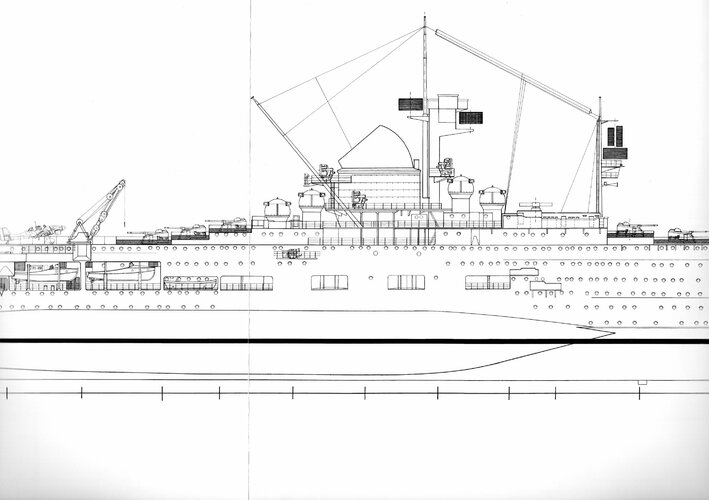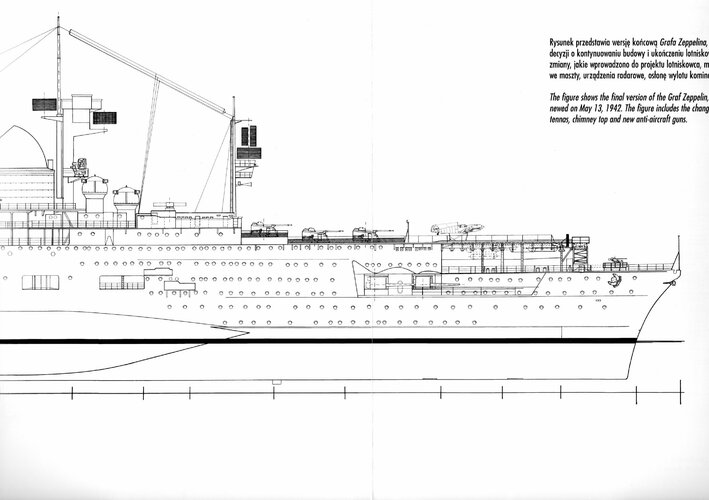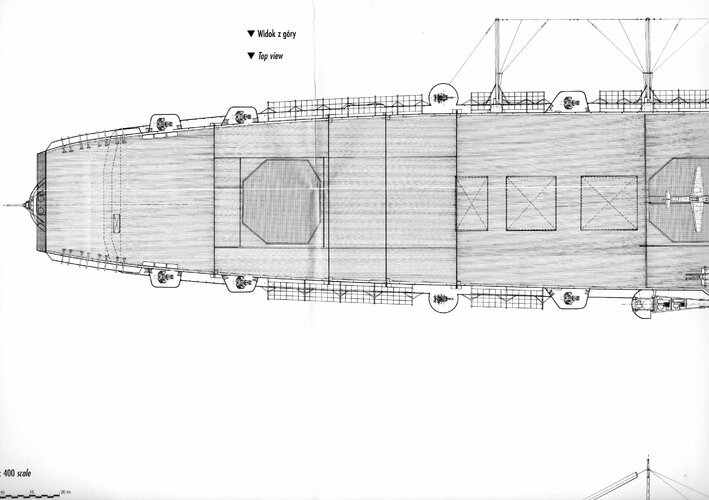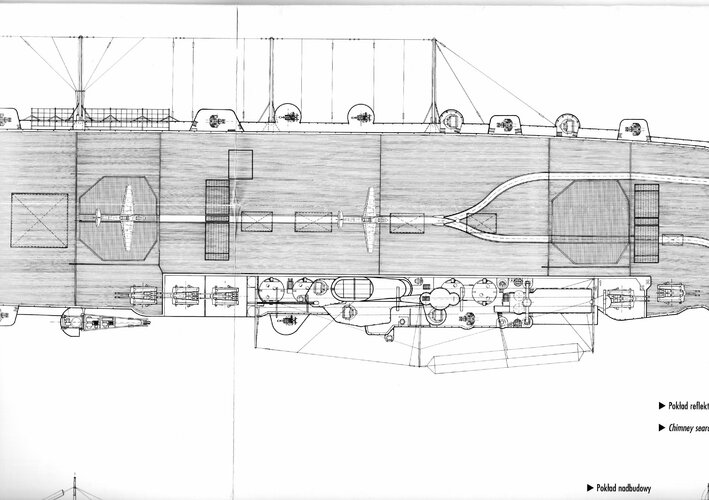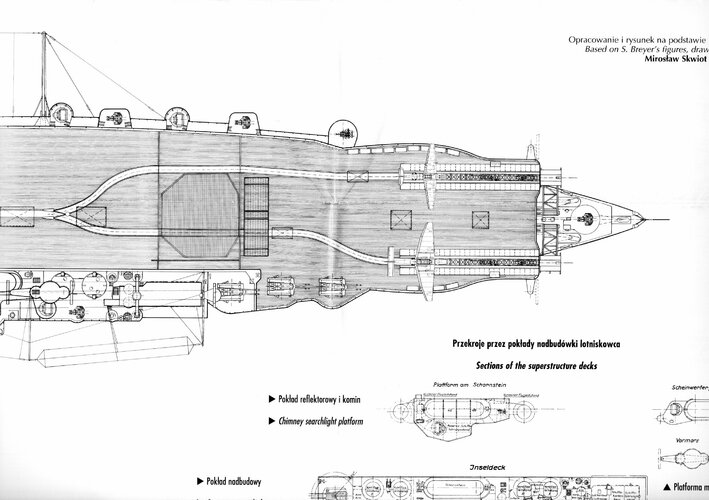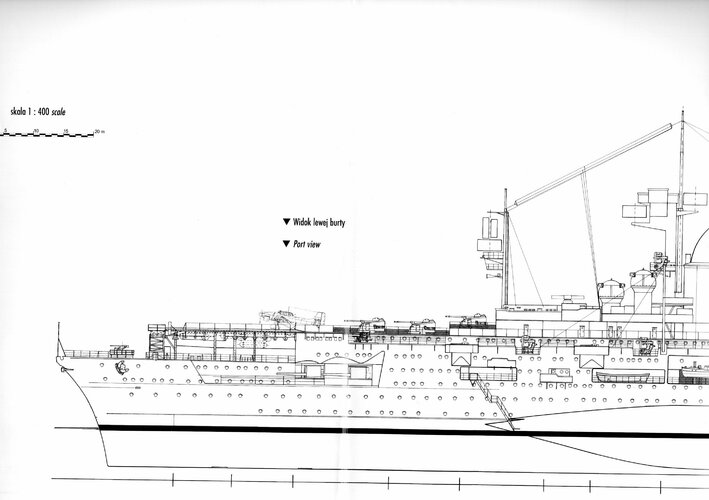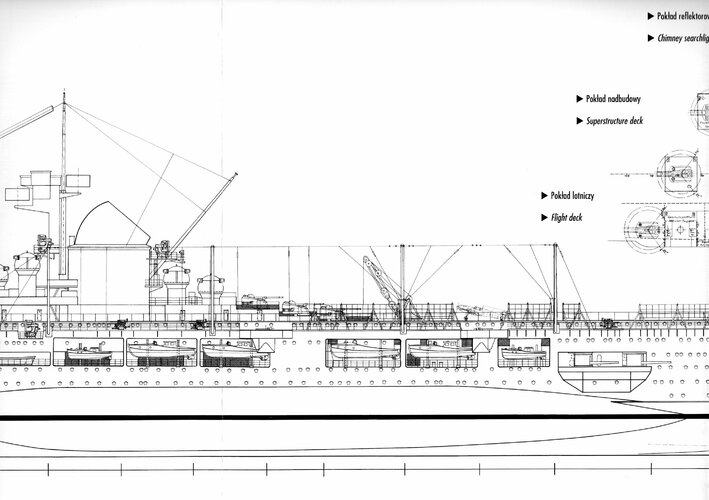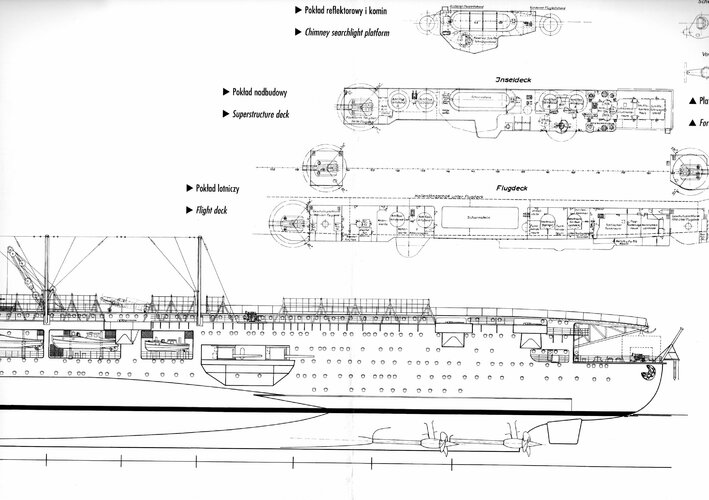- Joined
- 22 January 2006
- Messages
- 3,896
- Reaction score
- 1,163
A very nice article on Graf Zeppelin from Roy C. Nesbit can be found at Aeroplane's March 2007 issue.
a) In 1936, the keels of two carriers were laid down: Flugzeugtrager A (later Graf Zeppelin) and Flugzeugtrager B (latter Peter Strasser).
b) In addition, Grossadmiral Erich Raeder, put forward in 1938 a plan for four aircraft carriers to be built by 1945 (part of Plan Z) altough later it was to be reduced to two ships.
Any of this ships was never completed.
I understand that Zeppelin and Strasser were sister ships and that "1938 design" formed another class. Possibly a revised/enhanced/enlarged Zeppelin Class design or maight be a totally new design. Anybody has information or even drawings about this "1938 Flugzeugtrager" Class?
I have seen this books from John Baxter that are "what if" stuff but I would like to know if they are based upon real projects, anybody knows if I could find the "1938 Flugzeugtrager" Class on it?
http://www.lonewulfmodels.co.uk/sub_category.php?c_id=26&sc_id=77#
a) In 1936, the keels of two carriers were laid down: Flugzeugtrager A (later Graf Zeppelin) and Flugzeugtrager B (latter Peter Strasser).
b) In addition, Grossadmiral Erich Raeder, put forward in 1938 a plan for four aircraft carriers to be built by 1945 (part of Plan Z) altough later it was to be reduced to two ships.
Any of this ships was never completed.
I understand that Zeppelin and Strasser were sister ships and that "1938 design" formed another class. Possibly a revised/enhanced/enlarged Zeppelin Class design or maight be a totally new design. Anybody has information or even drawings about this "1938 Flugzeugtrager" Class?
I have seen this books from John Baxter that are "what if" stuff but I would like to know if they are based upon real projects, anybody knows if I could find the "1938 Flugzeugtrager" Class on it?
http://www.lonewulfmodels.co.uk/sub_category.php?c_id=26&sc_id=77#

